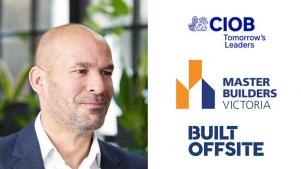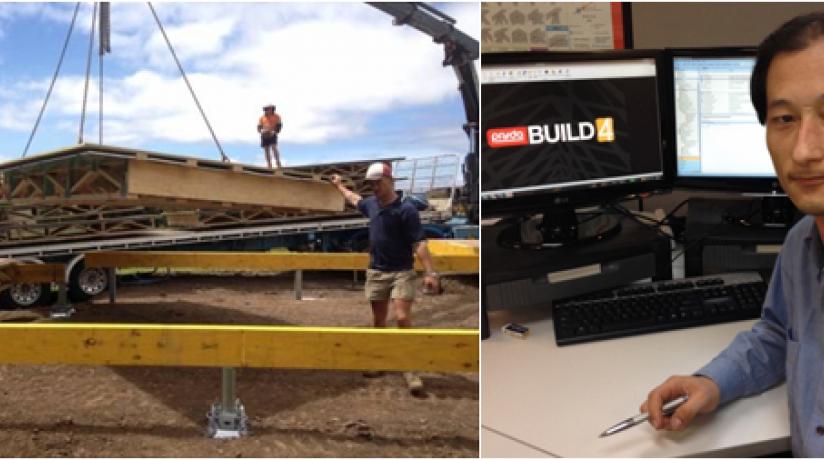Concrete slabs have come to be the norm for residential constructions as homeowners and builders have moved away from the timber sub-floors that dominated the 80s and beyond.
As building technology continues to evolve, a new type of sub floor has emerged. Engineered timber sub-floors are gaining traction in the home building industry as more and more builders, and their clients, recognise the potential cost and time benefits they offer.
Pryda Engineering Associate, Nick Cui, talks to us about engineered timber products as he prepares for his guest presentation at the upcoming Master Builders Sustainable Building Conference.
“People now want concrete slabs because that’s what they are used to,” Nick explains.
“We would argue that with engineered timber sub-floors, you can actually still get the same energy rating and with the added benefits of a shorter construction time-frame. This has huge cost benefits for the builder and homeowner.”
Nick explains that the engineered timber sub-floor combined with a concrete free footing system, a 19-square home can be laid within three days compared to the 7-10 days that it use to take with conventional sub floor.
“This is just revamping what we used to do in the 80s and prior with timber, and we suggest incorporating good insulation to maximise the energy rating,” Nick said.
Engineered timber products have been used in residential building in Europe for more than 15-years but the product is only now starting to gain momentum in Australia. Engineered timber products can also be used in floor cassettes, cladding and on trial projects.
Nick describes a 19-square home in Corinella, Victoria, where engineered timber floor cassettes & wall frames products were used to take a home from commencement to lock-up stage within six days.
“This product has the potential to save builders so much time and subsequently increase the cash flow of their business by building more homes per year through the time savings by using EWP. When they multiply that out through the course of a year it could be very beneficial,” he said.
“Timber also has the green benefit of being a lot cheaper and less environmentally costly to manufacture.”
To hear more about engineered timber products, come to the Green Living Conference on 22 August at the Building Leadership Simulation Centre
Related Articles
 Sustainability
Sustainability
Modern methods of construction international leader..
Mark Farmer will share insights, truths, and his vision of modern methods of construction at a special one-off event in Melbourne,.
 Sustainability
Sustainability
Reliable help comes flooding in
Residents in communities across Victoria left devasted by floods last spring will have better access to reliable tradies.




